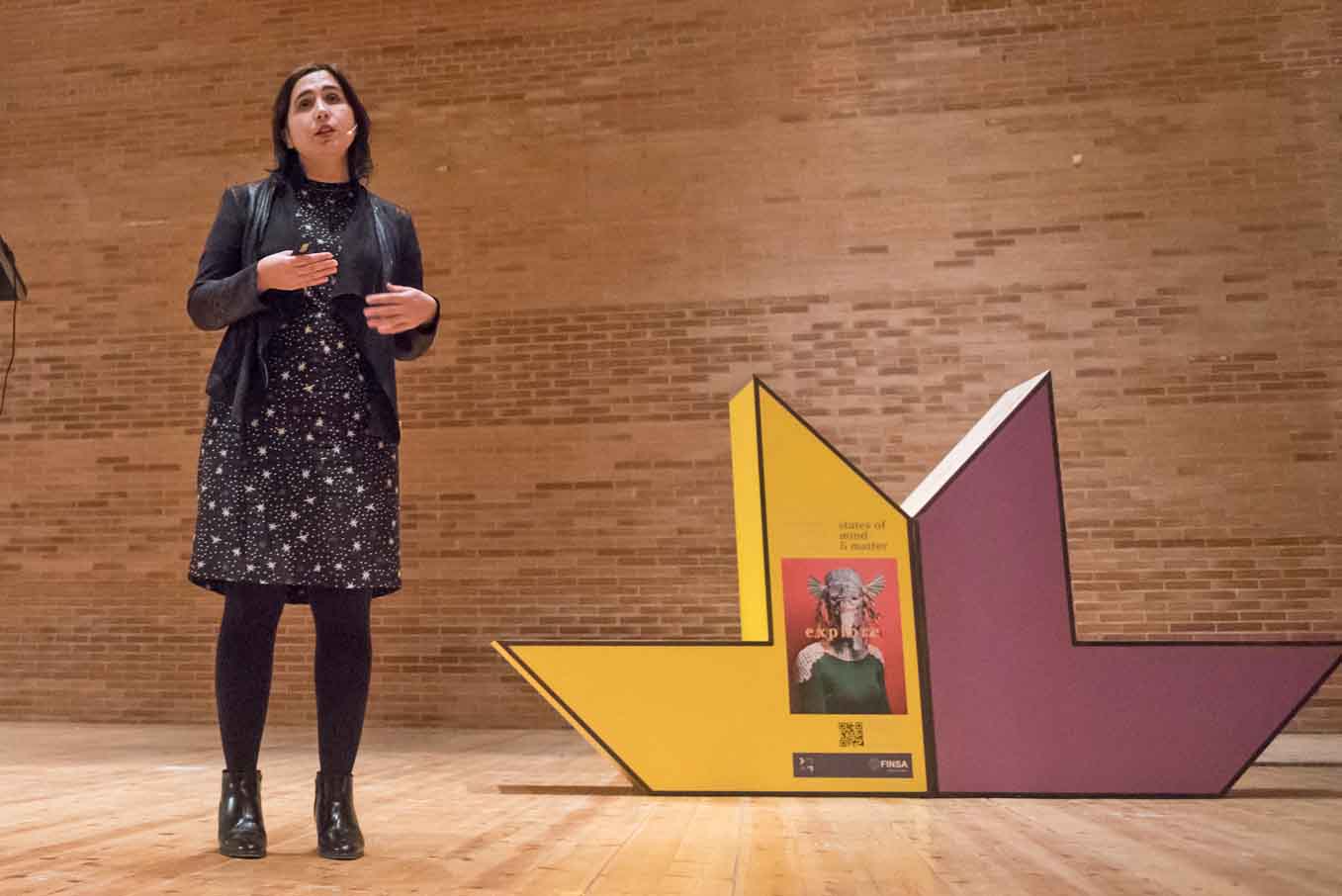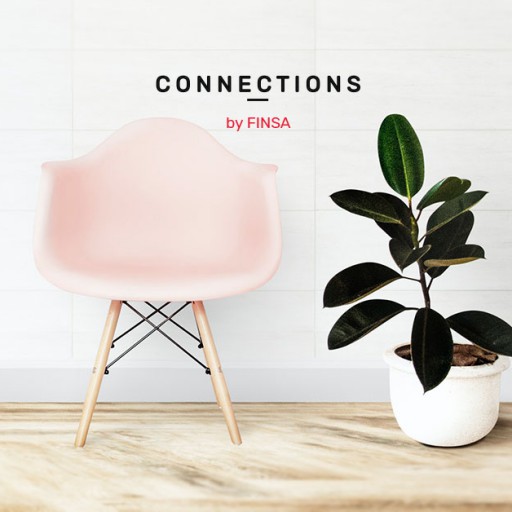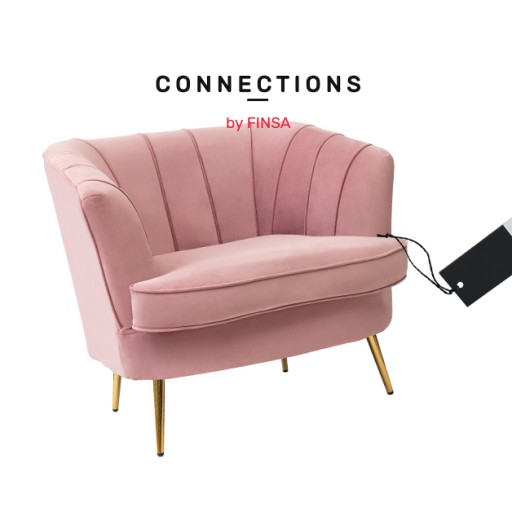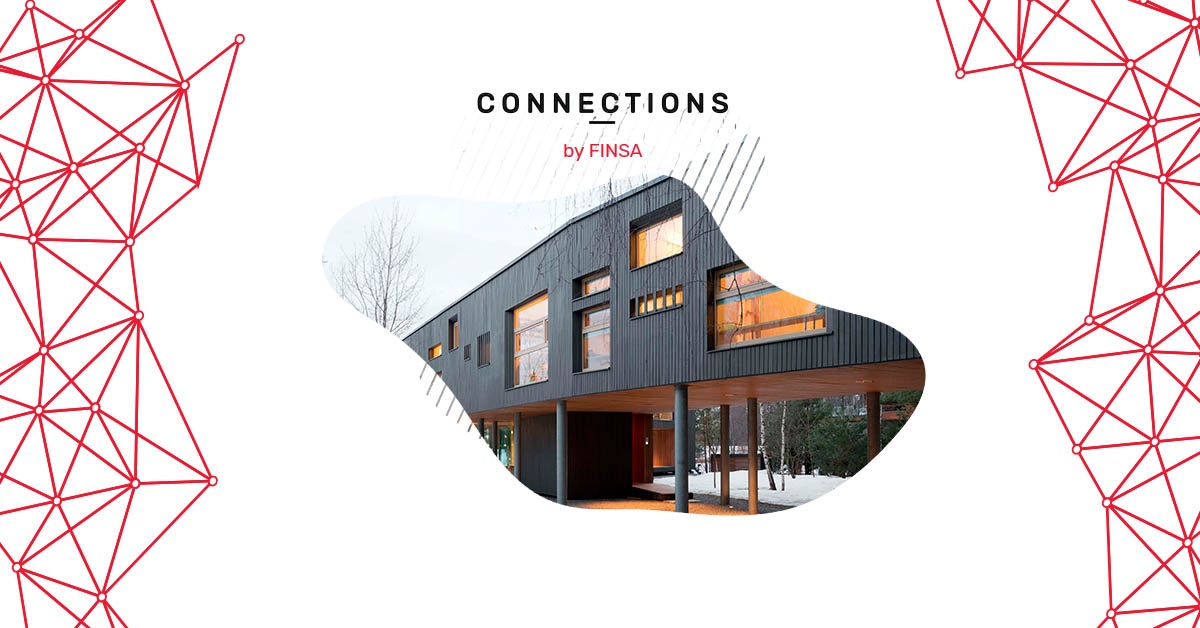Article by Maite Rodríguez, Head of Design at Finsa
We live surrounded by stimulants. In this era in which we are bombarded by ideas, images, and projects, we need a guide to combat the ephemeral; a map to navigate that torrent of images that passes before our eyes at a dizzying speed. As fast-fashion consumes us, trends are no longer seasonal. Now more than ever, we need a slow response, which provokes reflection and which allows us to identify what has come to stay.
In this way, a trendbook is a tool which is becoming an essential ally amongst the Pinterest collections and trendsetters available at the click of a mouse. It’s not about a dogma, because design is something living that continues to evolve. It’s much simpler: with our trendbook, we are sharing the observations we have made at Finsa to adapt our products to the realities of our spaces.
The answers to the question “what makes me feel good here?” adapt to each geographical, cultural, or social context. And we need our living space to correspond to our identity, since we don’t change our furniture or our house with the same frequency that we change our shirt.
It’s true that textiles are more easily changed than the living space as a whole, but that doesn’t mean that they are opposing concepts. Let me explain further. A trendbook can’t only draw on the sector for which it has been conceived. Trends cross boundaries and extend into a variety of areas. This means it is essential to reflect on how the presence of a certain colour or texture, or the design of a product, can awaken a sensation in the person who will enjoy and use it.
That is why big agencies like Color Hive, who we worked with to develop our trendbook, are inspired by the automobile sector, by the artistic scene, by industry, and by the work of professionals with experience in the diversity that makes up our multiverse.

These days we can follow fashion influencers on Instagram or coolhunter blogs, but how can we generate proposals based on the torrent of ideas that come our way? We need to understand the mechanism that sets off creativity. A trendbook can help us do this by interpreting what is happening around us and then recreating it and adapting it to the specific sector.
If we maintain the ethereal but lose contact with the present, we won’t create a useful tool. We have to go further and connect identified trends with the material to make our trendbook an authentic guide to decision-making. Its application depends on you and your signature style.
This decision-making is the result of how we see our hyperconnected society, which encourages us to focus on these links. Introspection, the search for wellness within ourselves, and mindfulness, are all reactions to the status quo. Knowledge and experience will be what inspires you and helps you create. Settling for providing a product without assessing, stimulating, and encouraging the exchange of ideas will only lead to slow progress and stagnancy. It is not the time for that.
And in this ephemeral world, can our trendbook hope to stick around for two years? Our outlook requires perspective, but to maintain close contact and to observe trends we have created this space: Connections by Finsa, a digital magazine designed to connect technological development with artisanry, minimalism with industry fairs at which the colossal abounds, and popular culture with contemporary art.
Because trends are part of our everyday lives, and because it is our lot to live in a fluid and transient world, let’s make a trendbook a part of our lives to provide and which makes sense of encyclopaedic aspirations, two things that are essential when the Google search results page just keeps on growing.




